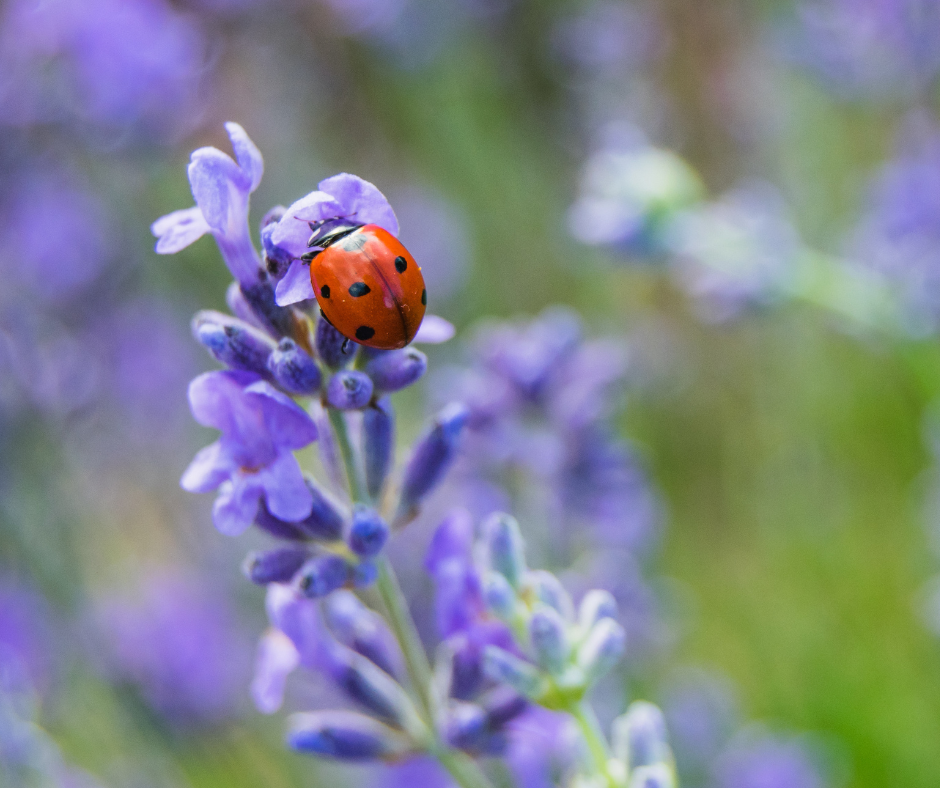Preventing stormwater pollution is critical to helping our San Diego County thrive and keeping our waterways clean. All residents, no matter where they live, can take action to protect our waterways, neighbors, and wildlife. The information below is designed to empower community members to keep pests away using Integrated Pest Management (IPM). By utilizing IPM, you can keep your property pest-free and keep our creeks, rivers, and ocean healthy.

IPM manages the ecosystem to prevent and remove pests. It combines
biological control, habitat adaptation, modification of cultural
practices, and native plants to keep harmful organisms away (weeds,
rodents, ticks, etc.). Pesticides are used (only when absolutely
necessary) to remove only the target pest and are applied in a way
that minimizes risks to human health, beneficial organisms, and local
waterways.
Unlike the sewer system, which does treat water, anything that flows in the storm drain system in San Diego County can go untreated into our waterways. When chemical pesticides are used, irrigation or rain can cause these chemicals to go directly into our creeks, rivers, bays, and ocean. IPM can accomplish the goal of ridding pests from your property with little to no chemical pesticide use, which helps protect our waterways and communities.
Other benefits include:
• Reduces pests long-term.
•
Decreases pesticide and chemical use.
• Protects waterways and
our environment.
• Saves money.

1. Pest Identification
First, it’s critical to regularly check your garden, yard, landscape, home, or building to identify which pests are there. By identifying the correct organism, you can determine how harmful they are.
2. Monitoring and Assessment
Next, you need to check to see how many pests there are and the damage they’ve caused. This will help inform you of the severity of your problem and what actions might be necessary.
3. Action Guidelines
After evaluating the severity of your problem, management action might be necessary. The management tool guidelines in the following section can instruct you on how to eliminate your problem while protecting ecosystems and our waterways.
4. Management Tools
It’s likely necessary to take multiple actions to manage the ecosystem and get rid of pests safely. This can include biological, cultural, mechanical and physical, and chemical control.
Biological controls:
This strategy uses natural predators (parasites, bacteria,
helpful insects, and animals) to get rid of the target pest.
Invertebrates, vertebrates, plant pathogens, nematodes, and weeds have
several natural enemies that can be introduced and help solve the problem.
Cultural controls:
Cultural controls focus on changing human behavior in an effort
to decrease pests. This includes behaviors like altering watering
techniques to reduce weeds.
Mechanical and physical controls:
Mechanical and physical controls kill pests directly by
changing the immediate environment to make it unsuitable for pests.
Examples of mechanical and physical controls are rodent traps, mulches
for weeds, or screens to keep insects out.
Chemical controls:
Chemical control refers to the use of pesticides. These
chemicals are only used if absolutely necessary and along with other
strategies for long-term pest control. In IPM, it is recommended to
use the most selective pesticide that does the job and will be the
safest for air, soil, and water quality.
5. Evaluation
Once actions have been taken, it’s important to evaluate their results. Close monitoring is important to ensure that these actions were the correct ones or if different actions will be required to solve the problem.
6. Prevention
Implement best practices to prevent potential problems in the
future. Reducing clutter, removing standing water, and throwing away
trash can be beneficial for pest prevention.
Thank you for keeping pests away, the stormwater-safe way!






